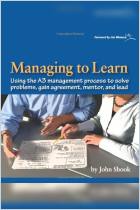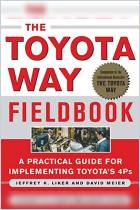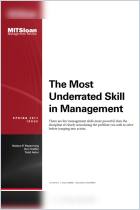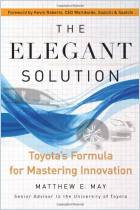Acesse a sua conta getAbstract para obter o resumo!

Acesse a sua conta getAbstract para obter o resumo!
Durward K. Sobek and Art Smalley
Understanding A3 Thinking
A Critical Component of Toyota’s PDCA Management System
Productivity Press, 2008
Sobre o que é?
A3 is the secret to Toyota’s six decades of unparalleled success.
Recommendation
This concise manual for developing A3 reports goes well beyond the format and function of the report itself. The authors explore the history behind Toyota’s use of the A3 approach, including its version of the scientific method, “Plan-Do-Check-Act” (“PDCA”). The authors make the point repeatedly that “A3 thinking” and the underlying philosophy of continuous improvement matter far more than the layout of reports. At Toyota, use of the A3 and PDCA methods has forged generations of critical thinkers and problem solvers, granting the firm more than six decades of near unparalleled success.
Summary
About the Authors
Durward K. Sobek II teaches industrial and management engineering at Montana State University. Art Smalley consults with firms worldwide through his firm, Art of Lean.



















Comment on this summary